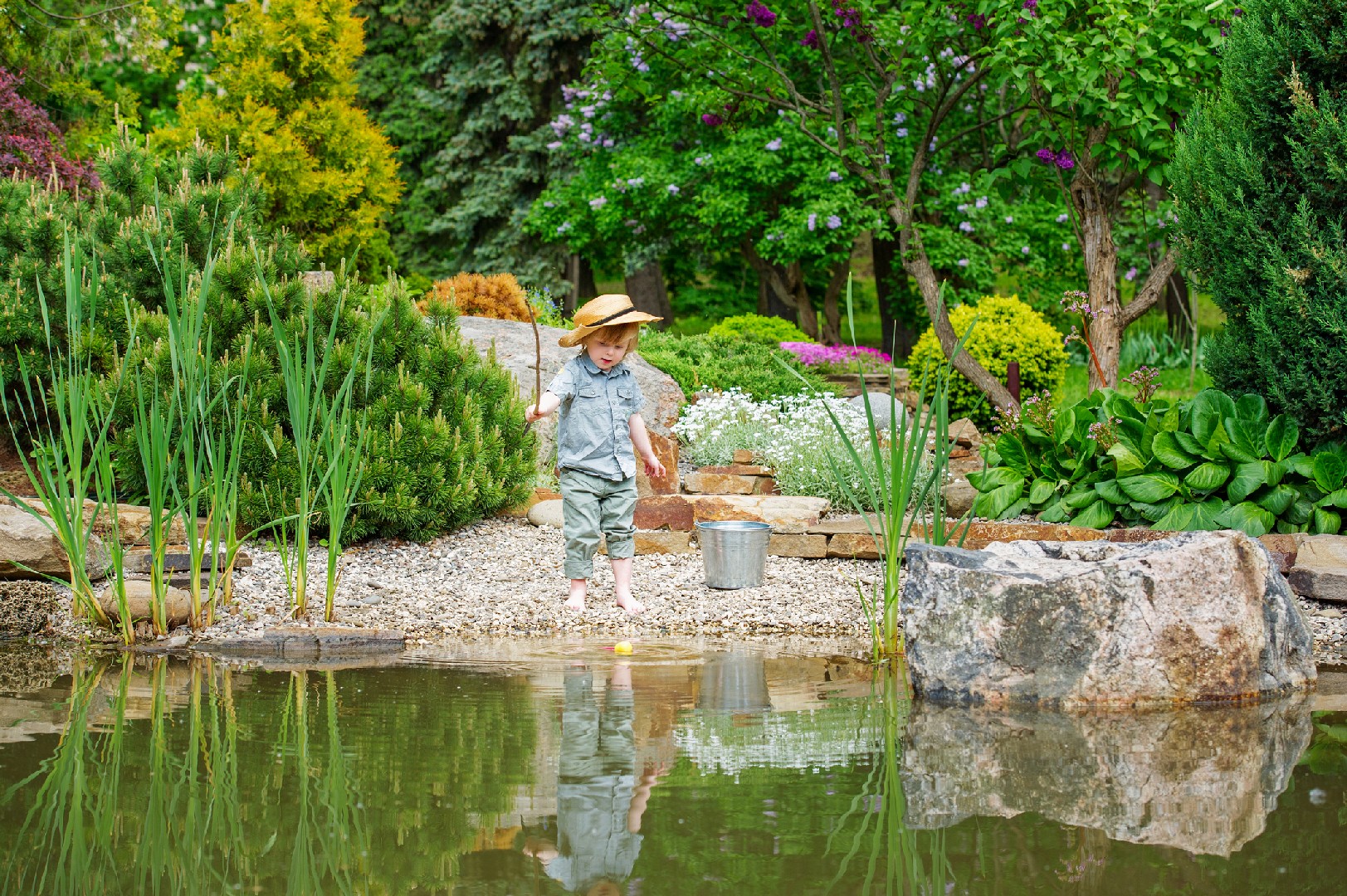![Rectangle]()
Designing and Installing a Reflecting Pool in Your Garden
Designing and installing a reflecting pool in your garden can add a touch of elegance and tranquility to your outdoor space. Whether you have a small backyard or a sprawling estate, a reflecting pool can create a visually stunning focal point that brings a sense of calm and serenity to your surroundings.
When designing a reflecting pool, there are several key considerations to keep in mind. First, determine the ideal location for your pool. Look for an area that receives ample sunlight but is also protected from strong winds. This will help maintain the mirror-like effect on the water surface and prevent debris from accumulating.
Next, consider the size and shape of your reflecting pool. A rectangular or square shape can create a more formal and symmetrical look, while a circular or irregular shape can add a more organic and natural feel. Take into account the overall scale of your garden and the surrounding landscape to ensure the pool complements the aesthetic of your outdoor space.
The installation process of a reflecting pool can be intricate, but with the right steps, it can be a rewarding DIY project. Start by marking out the dimensions of your pool using stakes and string. This will help you visualize the final result and make any necessary adjustments.
Next, excavate the designated area to the desired depth, ensuring a level base for the pool. Line the excavated area with a layer of sand or gravel to provide stability and prevent the pool from shifting over time.
Once the base is prepared, you can begin installing the lining of the pool. There are various materials to choose from, including EPDM rubber liner, fiberglass, or even concrete. Research the pros and cons of each material to determine the best option for your specific needs and budget.
After the lining is in place, it's time to fill the pool with water. Use a hose or a pump to fill the pool slowly, taking care not to disturb the lining. To create the mirror-like effect, ensure the water is still and free from any ripples. You can achieve this by using a level or adding a small circulating pump to maintain a gentle flow of water.
To keep your reflecting pool looking its best, regular maintenance is essential. Remove any fallen leaves or debris from the surface using a skimmer net or a pool vacuum. This will prevent clogs in the circulation system and maintain the clarity of the water. Additionally, regularly check the water pH levels and use appropriate treatments to prevent algae growth.
In conclusion, designing and installing a reflecting pool can add a touch of elegance and serenity to your garden. By carefully considering the location, size, and shape of the pool, and following the proper installation and maintenance steps, you can create a stunning feature that brings a sense of tranquility and beauty to your outdoor space. So go ahead and embark on this rewarding project, and enjoy the beauty and elegance that a reflecting pool can bring to your garden.





